Athlete’s foot is a contagious infection of the skin on the feet. This infection is caused by a fungus entering the top layer of skin through a small crack or wound. Symptoms of athlete’s foot can include reddened, cracked, flakey, or itchy skin on the foot and between the toes. Certain factors can increase your risk of developing athlete’s foot. These include having a genetic predisposition to infections, allergies, eczema, a weakened immune system, and poor circulation in the lower limbs. Having very sweaty feet and participating in sports like running and swimming can also make you more likely to catch athlete’s foot since the fungus lives and thrives in warm, moist environments. If you think you are afflicted with athlete’s foot, it is recommended that you see a podiatrist for treatment.
Athlete’s foot is an inconvenient condition that can be easily reduced with the proper treatment. If you have any concerns about your feet and ankles, contact one of our podiatrists from Canonsburg Podiatry Associates. Our doctors will treat your foot and ankle needs.
Athlete’s Foot: The Sole Story
Athlete's foot, also known as tinea pedis, can be an extremely contagious foot infection. It is commonly contracted in public changing areas and bathrooms, dormitory style living quarters, around locker rooms and public swimming pools, or anywhere your feet often come into contact with other people.
Solutions to Combat Athlete’s Foot
- Hydrate your feet by using lotion
- Exfoliate
- Buff off nails
- Use of anti-fungal products
- Examine your feet and visit your doctor if any suspicious blisters or cuts develop
Athlete’s foot can cause many irritating symptoms such as dry and flaking skin, itching, and redness. Some more severe symptoms can include bleeding and cracked skin, intense itching and burning, and even pain when walking. In the worst cases, Athlete’s foot can cause blistering as well. Speak to your podiatrist for a better understanding of the different causes of Athlete’s foot, as well as help in determining which treatment options are best for you.
If you have any questions please feel free to contact our office located in Canonsburg and McMurray, PA . We offer the newest diagnostic and treatment technologies for all your foot and ankle needs.
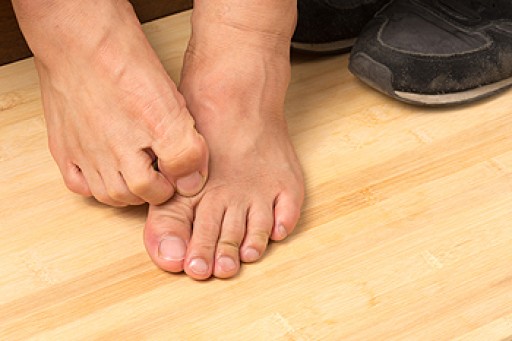

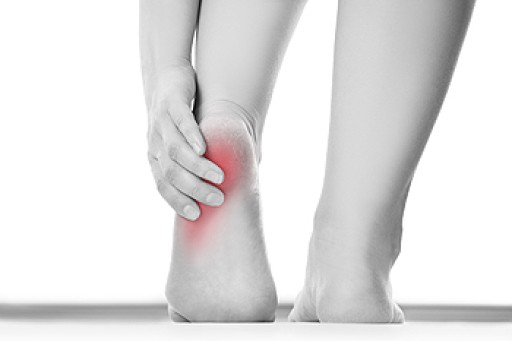

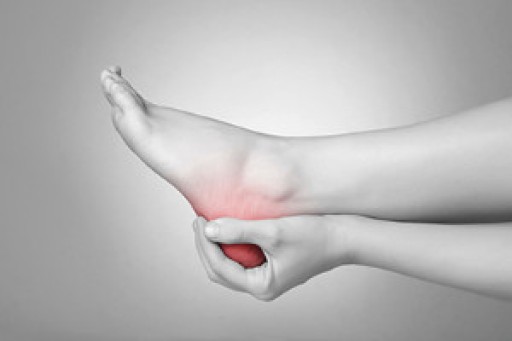

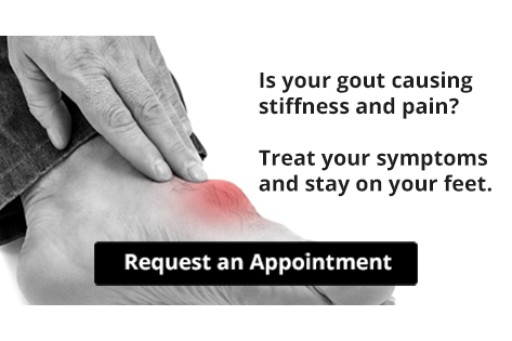

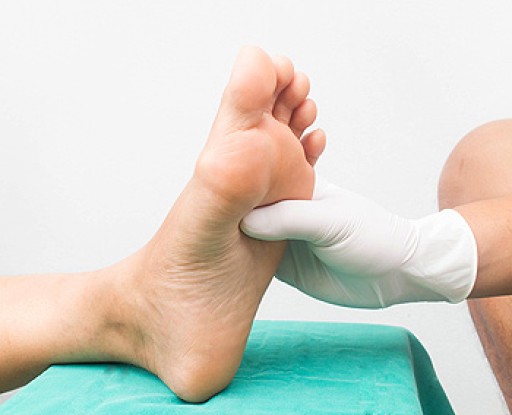

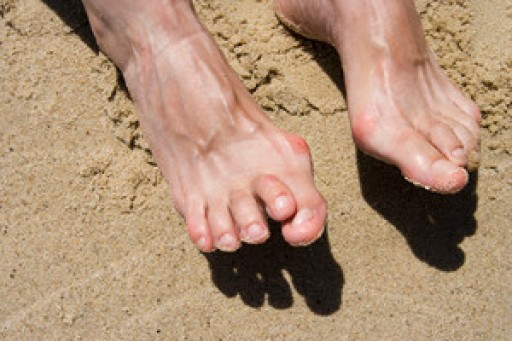
 Hammertoe
Hammertoe